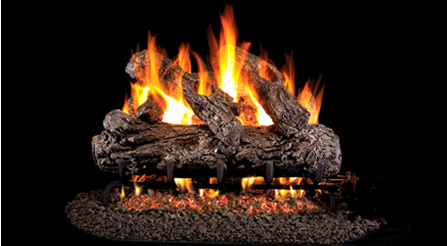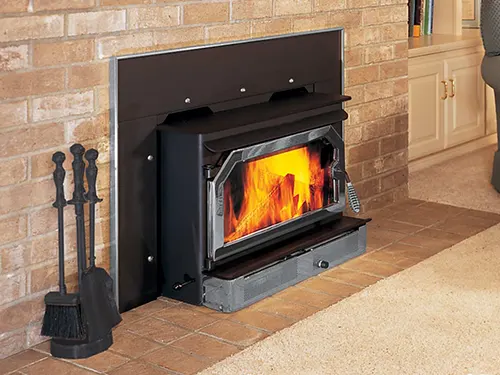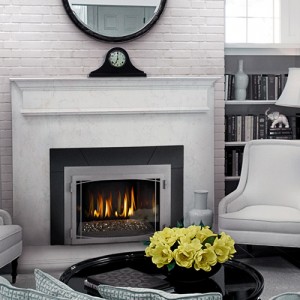
Wishing You All a Season Filled with Joy and Gratitude
As the year draws to a close and the holiday season sparkles around us, all of us at The Fireplace Shop Grill Center at Westport want to take a moment to express our heartfelt appreciation for you—our amazing customers. It’s thanks to your continued support, trust, and partnership that we are able to do what we love every day, and for that, we are truly grateful.
The holiday season is a special time for reflection, gratitude, and togetherness. Whether you’re celebrating with family, friends, or embracing some well-deserved relaxation, we hope your days are filled with warmth, laughter, and memories that last a lifetime. Your choice to support our business means the world to us, and we are honored to be a part of your community.
This year, we achieved many exciting milestones and tackled new challenges—none of which would have been possible without your loyalty and collaboration. We are continually inspired to improve, grow, and serve you better each day.
Our Holiday Hours
To allow our team to celebrate the holidays with their loved ones, our business will observe special holiday hours. Please check our website or contact us for details, and we’ll be happy to assist with any needs before or after the festivities.
Thank You and Happy Holidays!
From our entire business family to yours, we wish you a very happy holiday season. Thank you for being such an integral part of our journey. We look forward to serving you in the coming year and beyond.









